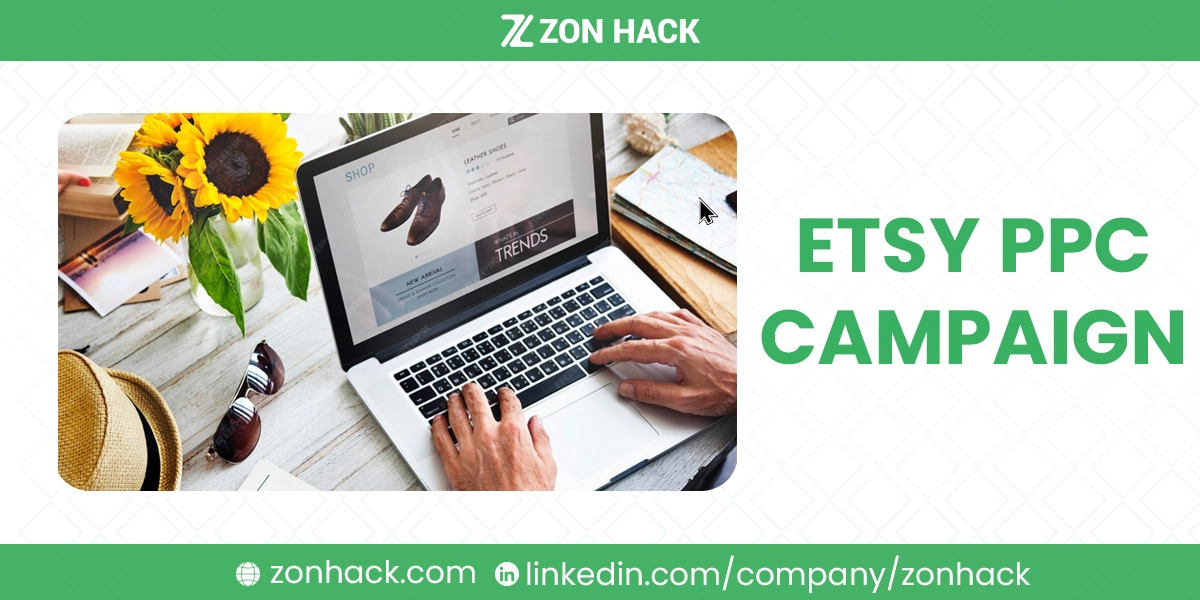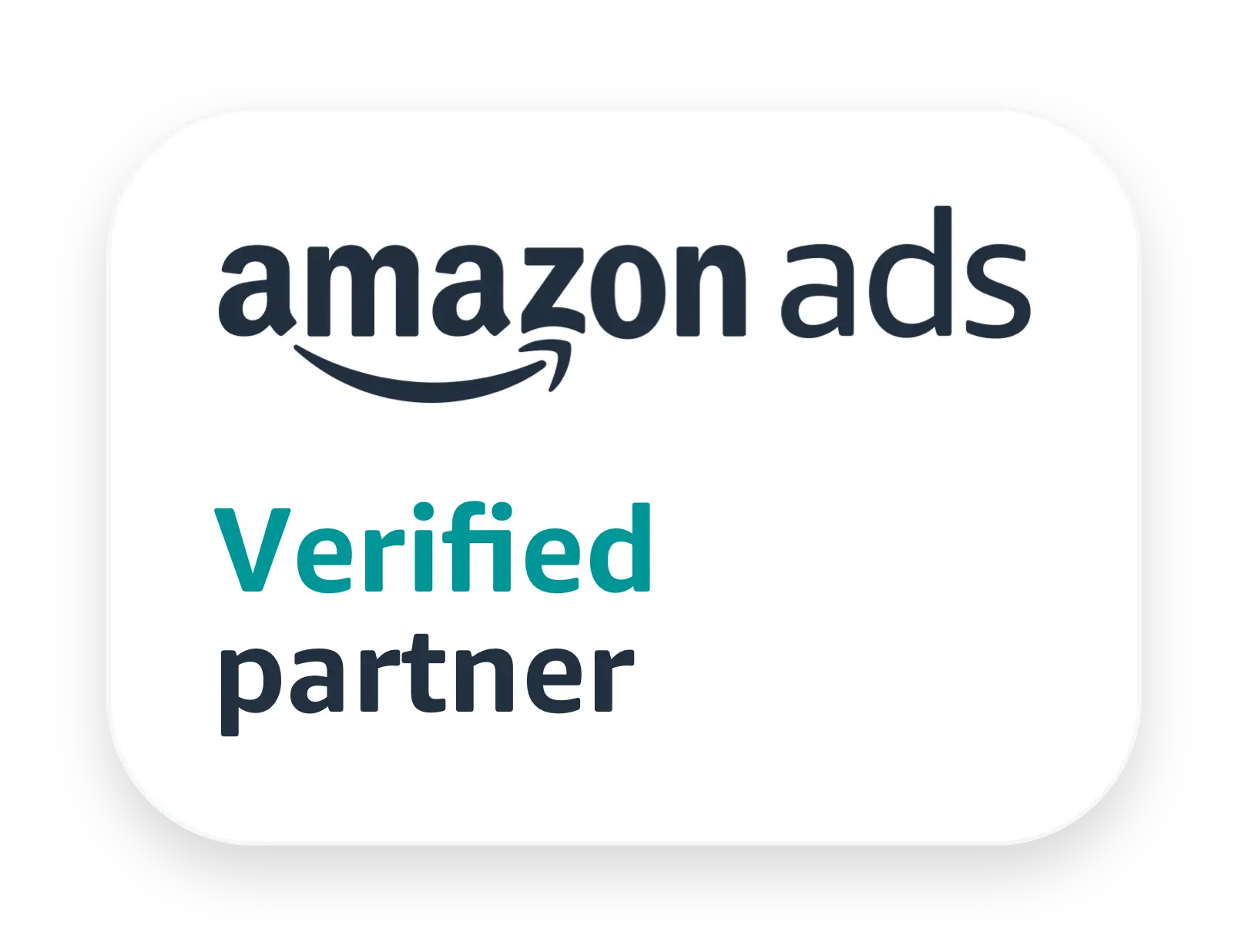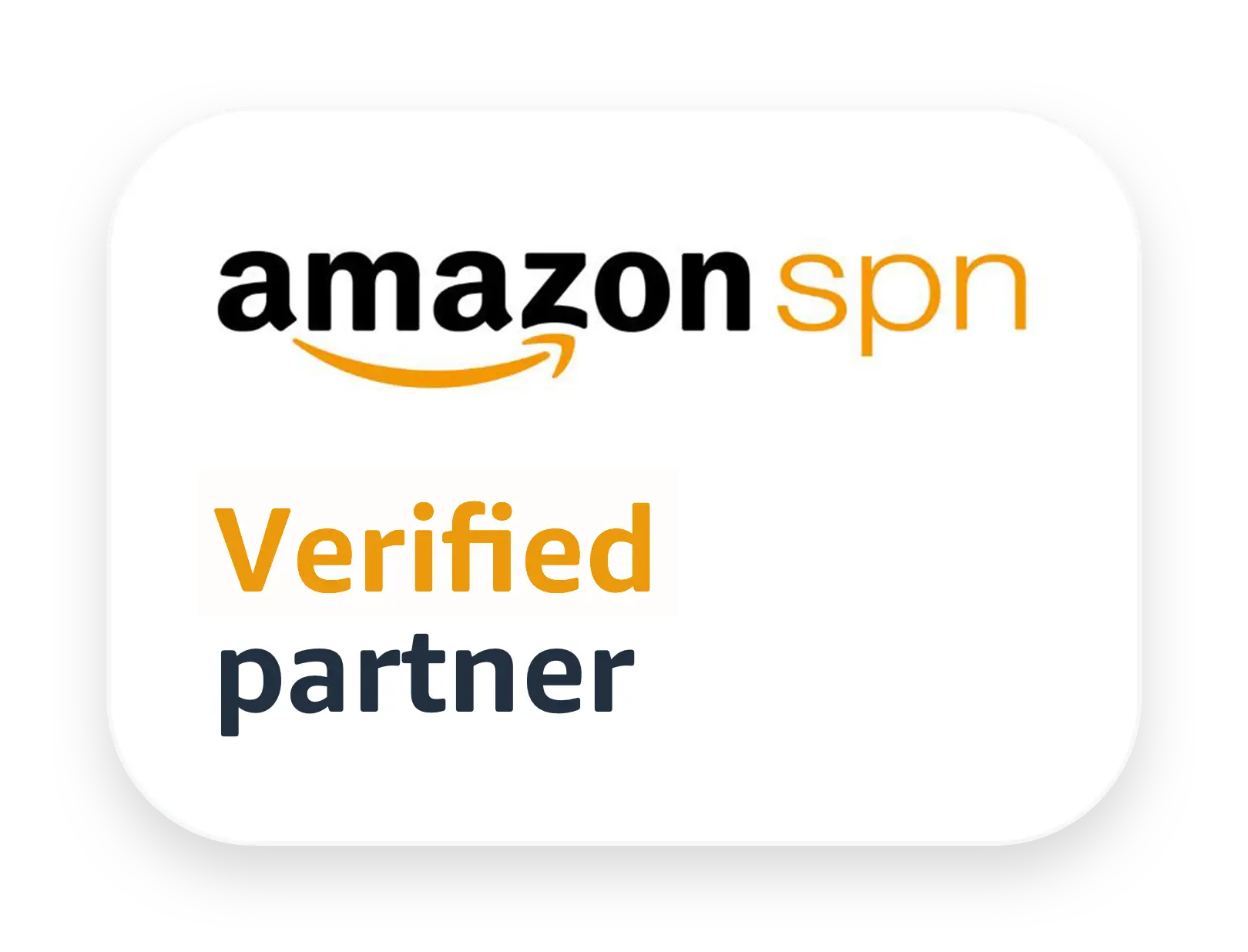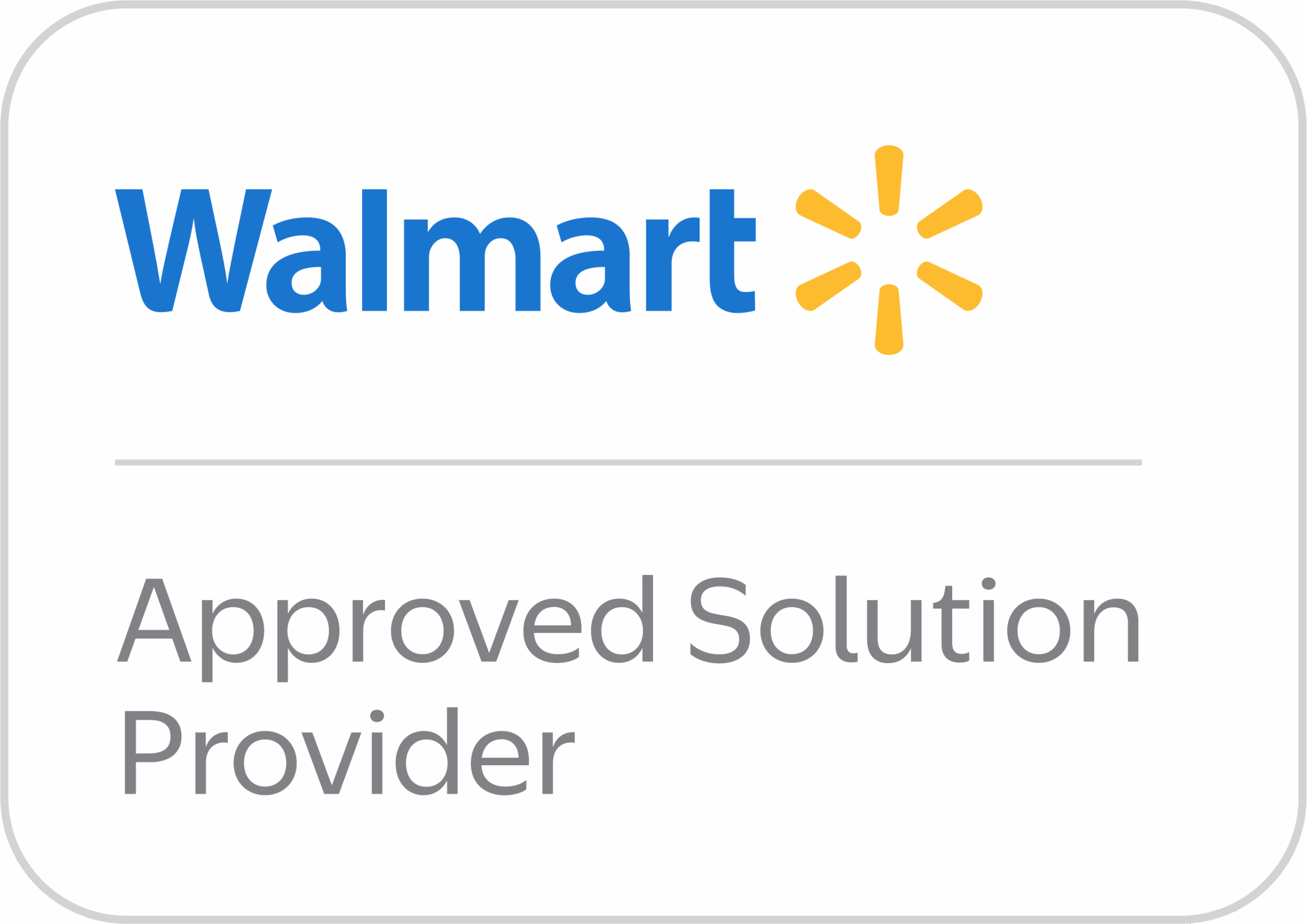Selling on Etsy is exciting, but let’s be real—it can also feel like you’re shouting in a crowded marketplace where everyone is selling something shiny and unique. That’s where Etsy PPC campaigns step in to give your shop a louder voice.
With Etsy Ads, you can get your listings in front of the right shoppers at the right time, without just relying on luck. It’s a pay-to-play strategy, but if done right, it can boost your visibility, drive traffic, and bring in sales while helping your business grow faster.
What is Etsy PPC Campaign?
It’s just like waving your hand to get noticed in a crowded room.
The core idea of a Pay-Per-Click (PPC) campaign, on Etsy or any platform, is simple: I pay a small fee every time a potential customer clicks on an ad for one of my listings. I don’t pay just for showing the ad; I only pay when someone is interested enough to click through. On Etsy, this whole system is officially packaged as Etsy Ads.
These ads are the digital equivalent of prime shelf space. When a shopper searches for “minimalist wedding invitation” or “handmade ceramic mug,” my promoted listing can appear right at the top of the search results, mixed in with organic listings, or even on category pages. This gives my product a huge visibility boost. Sellers set a daily budget, choose which listings to promote, and Etsy’s smart system handles the bidding process for me. My goal? To get the most clicks from the most qualified buyers for the lowest possible cost, leading to more sales and a great return on investment (ROI). Because who doesn’t love a healthy ROI?
Etsy’s Pay-Per-Click (PPC) advertising system is called Etsy Ads. It allows sellers to promote their listings on Etsy (in search results, category pages, etc.) to reach more potential customers.
Here is a breakdown of how Etsy Ads work and key strategies:
How to Set Up an Etsy Ads Campaign
Setting up your first campaign can feel a little daunting, but trust me, it’s remarkably straightforward. We’re going to keep it simple and effective.
- Go to Shop Manager: The first step is to log into your Etsy account. Head straight to your Shop Manager, which is basically the cockpit of your entire business.
- Navigate to Etsy Ads: Look on the left-hand menu. You’ll find a section called Marketing. Click that, and then select Etsy Ads. That takes you right to the campaign control center.
- Set Your Daily Budget: This is the most crucial financial step. You tell Etsy the absolute maximum you are willing to spend in a single day. The minimum daily budget is typically just $1.00 USD, which is a fantastic starting point for testing. I always suggest new users start with a modest budget, perhaps $5-$10 per day. This gives you enough wiggle room to gather meaningful data without risking a huge expense right out of the gate. You can always increase this later once you see what’s working.
- Choose Listings to Advertise: Etsy will show you a list of all your active products. This is where I want you to be selective. You can promote everything, but the smart move is to pick and choose.
- Best Practice: I like to start by promoting listings that are already performing well organically. Listings with high views, lots of favorites, and good review scores are “proven winners.” They are already converting shoppers, so giving them an extra visibility boost is likely to generate sales quickly.
- Start Advertising: Once you’ve selected your chosen listings and are happy with your budget, all that’s left is to click the big Start advertising button. Your campaign is now live! Give yourself a high-five—you’re officially advertising!
Key PPC Concepts & Strategy
Running an ad campaign isn’t a “set it and forget it” task. It requires a little love and monitoring. Etsy Ads uses a Cost-Per-Click (CPC) model with a dynamic bidding system. This means the actual cost of a click changes depending on competition, but remember, you only pay when someone clicks your ad. Understanding this is key to maximizing your profit.
1. Optimize Your Listings First
Before I spend a single penny on an ad, I make absolutely sure the product the ad is pointing to is flawless. Think of it like this: an ad is a brilliant signpost, but if the shop it points to is messy, the customer will walk away. This is all about improving your Quality Score, which helps Etsy show your ad to the right people at the right cost.
- High-Quality Photos: Are your images clear, well-lit, and do they show the product from every angle? Do you have an “in-use” photo? High-res, compelling photos are non-negotiable.
- Keyword-Rich SEO: This is massive. The keywords you use in your titles, descriptions, and all 13 tags are how Etsy knows who to show your ad to. Use highly relevant, specific keywords that a real shopper would type. I sometimes think of this as giving Etsy all the right clues.
- Compelling Descriptions: Write clear, engaging product descriptions that answer every possible question a shopper might have. Be honest, be detailed, and let your personality shine!
- Competitive Pricing & Shipping: Take a hard look at your competitors. Is your pricing fair? Are your shipping options attractive, or maybe even free? Sometimes a small adjustment here makes all the difference in converting a click into a sale.
2. Choose the Right Listings
I never just throw all my listings into an ad campaign and hope for the best. I’m strategic about where my money goes. Every dollar needs to be working hard.
- Promote Bestsellers: My top advice is to focus the majority of your budget on your proven bestsellers. These items have already demonstrated that shoppers want them. Giving them the extra boost often results in the highest return.
- Test New Products: Sometimes, I will allocate a small, fixed percentage of my budget (maybe 10-15%) to test the viability of a new listing. This is a low-risk way to quickly gather data on whether or not a new product is a winner.
- Consider Profitability: This is just good business sense. Only advertise items that have a good profit margin after the cost of the click is factored in. There’s no point in paying $0.20 per click to sell a $5 item where you only make $1.00 in profit. The math just doesn’t work!
3. Monitor and Refine
This is where the magic happens and where I truly earn my “expert” badge. You can’t just launch a campaign and walk away. You have to be a detective, constantly looking at the numbers.
- Give it Time: I always let a new campaign run for at least 14 to 21 days—preferably a full 30 days—before I make any major changes. Why? Because the campaign needs time to gather meaningful, statistically relevant data. Rome wasn’t built in a day, and neither is a profitable PPC campaign.
- Key Metrics to Track: Your Etsy Ads dashboard is a goldmine of information. I focus on these key metrics:
- Clicks: The number of times shoppers clicked my ad. This is what I pay for, so I want a high number here, ideally from qualified buyers.
- Orders: The number of actual sales that resulted from the ad clicks. This is the main goal!
- Revenue: The total amount of money generated from those ad-attributed orders.
- Spend: How much money I’ve actually shelled out on ads.
- Conversion Rate (Orders / Clicks): This percentage tells me how many clicks turned into a sale. A low conversion rate means my ads are getting attention, but my product page isn’t convincing them to buy. Time to check my photos and pricing!
- ROAS (Revenue / Spend): The Return on Ad Spend. This is the big one. If I spent $10 and made $50, my ROAS is 5.0. I want this number to be as high as possible.
- Adjust Your Strategy: If I notice a listing has a lot of clicks but zero orders (low conversion rate), I pause the ad for that listing and go back to step 1: optimize the listing! If a listing is just sucking up money and getting no clicks, I might pause it entirely or try to improve its SEO tags to attract better traffic. I constantly reallocate the budget from my low-performers to my high-performers.
Etsy Offsite Ads (Not PPC)
Just when you thought you had a handle on Etsy Ads, they throw in a separate thing called Offsite Ads. Don’t worry, these are different and easy to understand. They are not part of your daily PPC budget, so you don’t manage them the same way.
Offsite Ads are Etsy’s way of getting your products in front of buyers outside of the Etsy website. Think of places like Google search results, Pinterest, Facebook, and other partner sites. This is powerful because it casts a much wider net!
- Billing Model: Commission-Based: This is the key difference. It is not PPC. You don’t pay for the click. You only pay a fee (a percentage of the order total) if a buyer clicks an Offsite Ad for your listing and then purchases from your shop within the next 30 days. It’s a purely performance-based model, which I actually love, because I only pay when I make a sale!
- Participation: All new shops are automatically enrolled in Offsite Ads.
- For Smaller Shops: If your shop makes less than $10,000 USD in a 365-day period, participation is completely optional. You can turn it off. The commission fee is 15% of the order total.
- For Larger Shops: If your shop makes $10,000 USD or more in a 365-day period, congratulations, you’re a bigger deal! However, participation is mandatory. The good news is that your commission rate drops to a lower 12% of the order total.
I personally recommend keeping Offsite Ads on, especially for newer sellers. The ability to have Etsy market your product on a massive scale like Google or Facebook, and only paying when you make a sale, is a phenomenal deal that requires zero extra work on my part. It’s definitely worth the commission fee.
Conclusion
Running an Etsy PPC campaign can feel intimidating at first, but once you understand how it works, it becomes a powerful tool for growing your shop. By optimizing your listings, promoting the right products, and keeping an eye on your metrics, you can stretch your ad dollars further and bring in more sales.
Remember, success doesn’t happen overnight. Be patient, test different strategies, and refine as you go. Even a small daily budget can make a big difference if you use it wisely.




